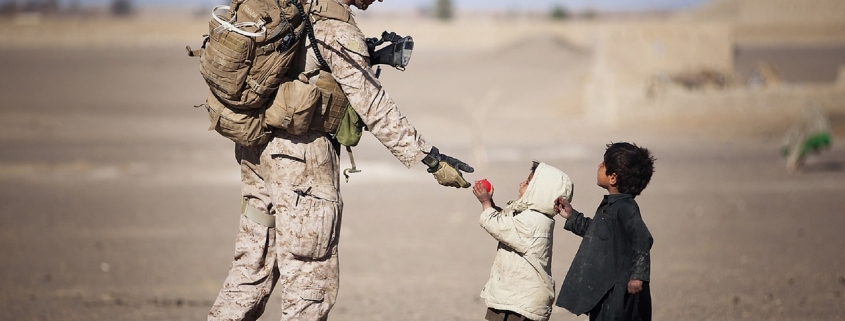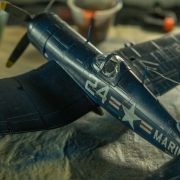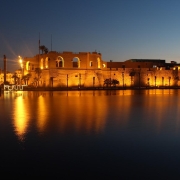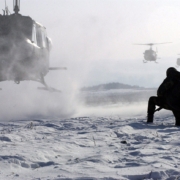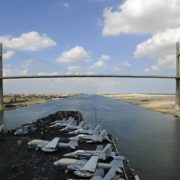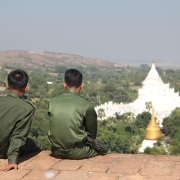What is peacekeeping?
Topic of Study [For H1/H2 History Students]:
Paper 1: Safeguarding International Peace and Security
Section B: Essay Writing
Theme III Chapter 2: Political Effectiveness of the UN in maintaining international peace and security
Origins of ‘Peacekeeping’
At the initial stage, the United Nations Charter did not consider the notion of ‘peacekeeping’. In the Chapter VI and Chapter VII, the United Nations Security Council is empowered to carry out ‘peace-making’ and ‘peace enforcement’. ‘Peacekeeping’ is commonly known as ‘Chapter V 1/2’ as it includes both diplomatic solutions and forceful actions.
‘Peacekeeping’ was formalized by the United Nations Secretary-General Dag Hammarskjold and Canadian Minister of External Affairs Lester Pearson. This development coincided with the Suez Canal Crisis of 1956.
Three principles of Peacekeeping
The conceptualization of peacekeeping led to the definition of three principles: (i) Consent of the parties (ii) Impartiality (iii) Non-use of force except in self-defence and defence of the mandate
(i) Consent of the parties
Before the United Nations peacekeepers are deployed to the conflict zone(s), the international organization must require consent by the involved parties. Should a country be involved, the government must grant host-state consent, as it reflects the respect of national sovereignty.
(ii) Impartiality
The second principle involves the need for United Nations peacekeepers to be neutral throughout the conflict. Impartiality is needed to preserve the legitimacy of the United Nations and maintain the consent of all parties.
(iii) Non-use of force except in self-defence and defence of the mandate
Although the peacekeepers are armed for self-defence, they are not authorized to use force as it may compromise the other two principles. Nevertheless, there are instances in which the United Nations Security Council authorizes the peacekeepers to ‘use all necessary means’ to fulfil the resolutions (e.g. Congo Crisis and Gulf War).
Phases of Peacekeeping
From the 1950s to 1980s, the United Nations was involved in ‘traditional peacekeeping’, which involved inter-state conflicts. The peacekeepers are charged with the responsibility of monitoring ceasefires. The relevant case studies include Suez Canal Crisis (UNEF I) and the Cyprus Crisis (UNFICYP).
From the 1980s onwards, the evolution of peacekeeping began, which included intra-state conflicts. The role of the United Nations peacekeepers expanded to the provision of humanitarian aid and monitoring of elections. Examples of such case studies are the Cambodian Crisis (UNTAC), East Timorese Crisis (UNTAET).
Reflections on peacekeeping
In view of these roles and responsibilities of peacekeeping, the successes of the United Nations were occasionally limited by obstacles, such as Cold War rivalry and operational constraints. In the next article, we will examine the challenges of peacekeeping and how the international organization has derived solutions to overcome them.
What can we learn from this case study?
Consider the following questions to understand the topic:
– How far do you agree that the effectiveness of the United Nations peacekeeping missions were dependent on great power consensus? [to be discussed in class].
The H2 and H1 History Tuition feature online discussion and writing practices to enhance your knowledge application skills. Get useful study notes and clarify your doubts on the subject with the tutor. You can also follow our Telegram Channel to get useful updates.
We have other JC tuition classes, such as JC Math Tuition and JC Chemistry Tuition. For Secondary Tuition, we provide Secondary English Tuition, Secondary Math tuition, Secondary Chemistry Tuition, Social Studies Tuition, Geography, History Tuition and Secondary Economics Tuition. For Primary Tuition, we have Primary English, Math and Science Tuition. Call 9658 5789 to find out more.

